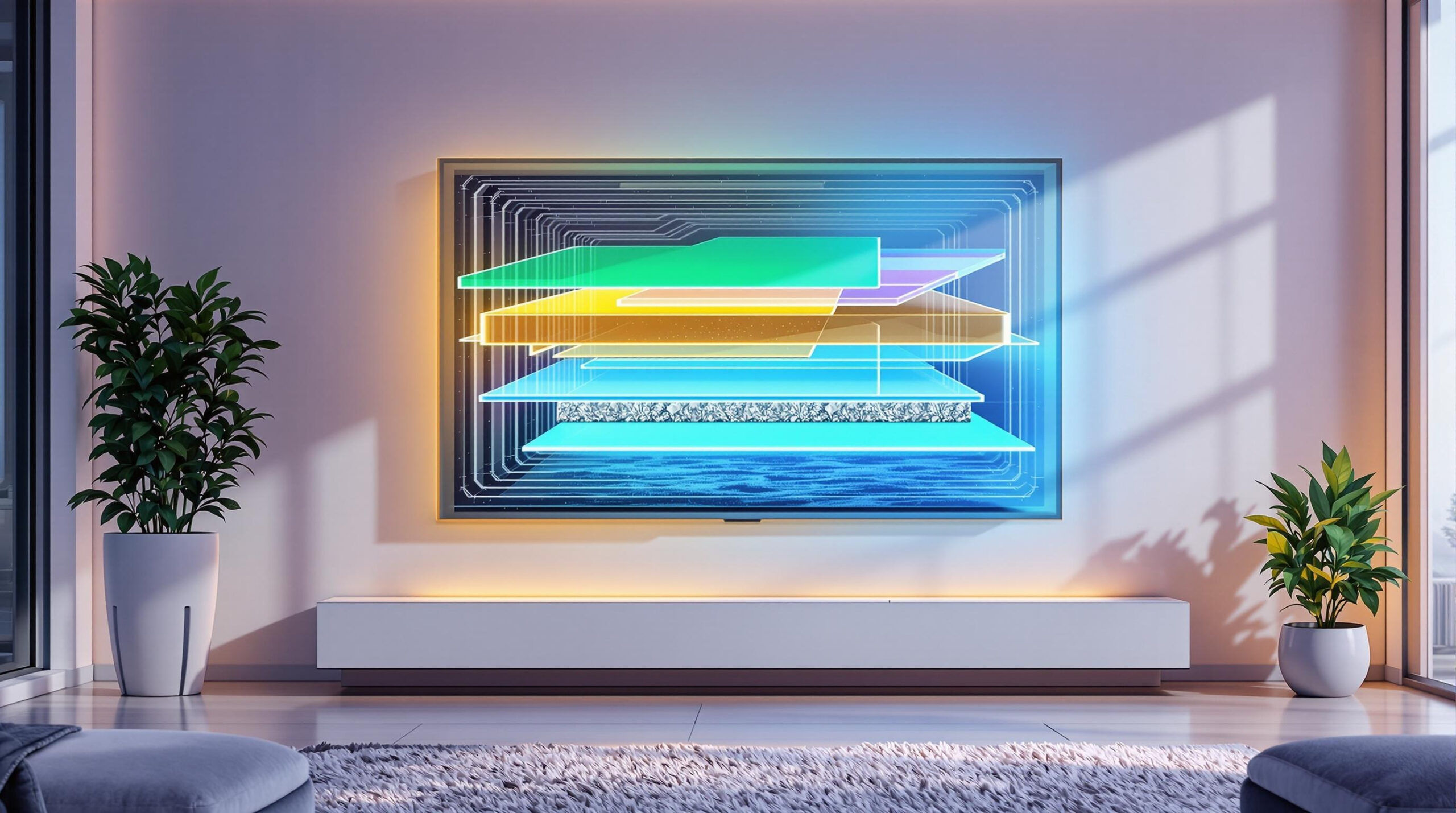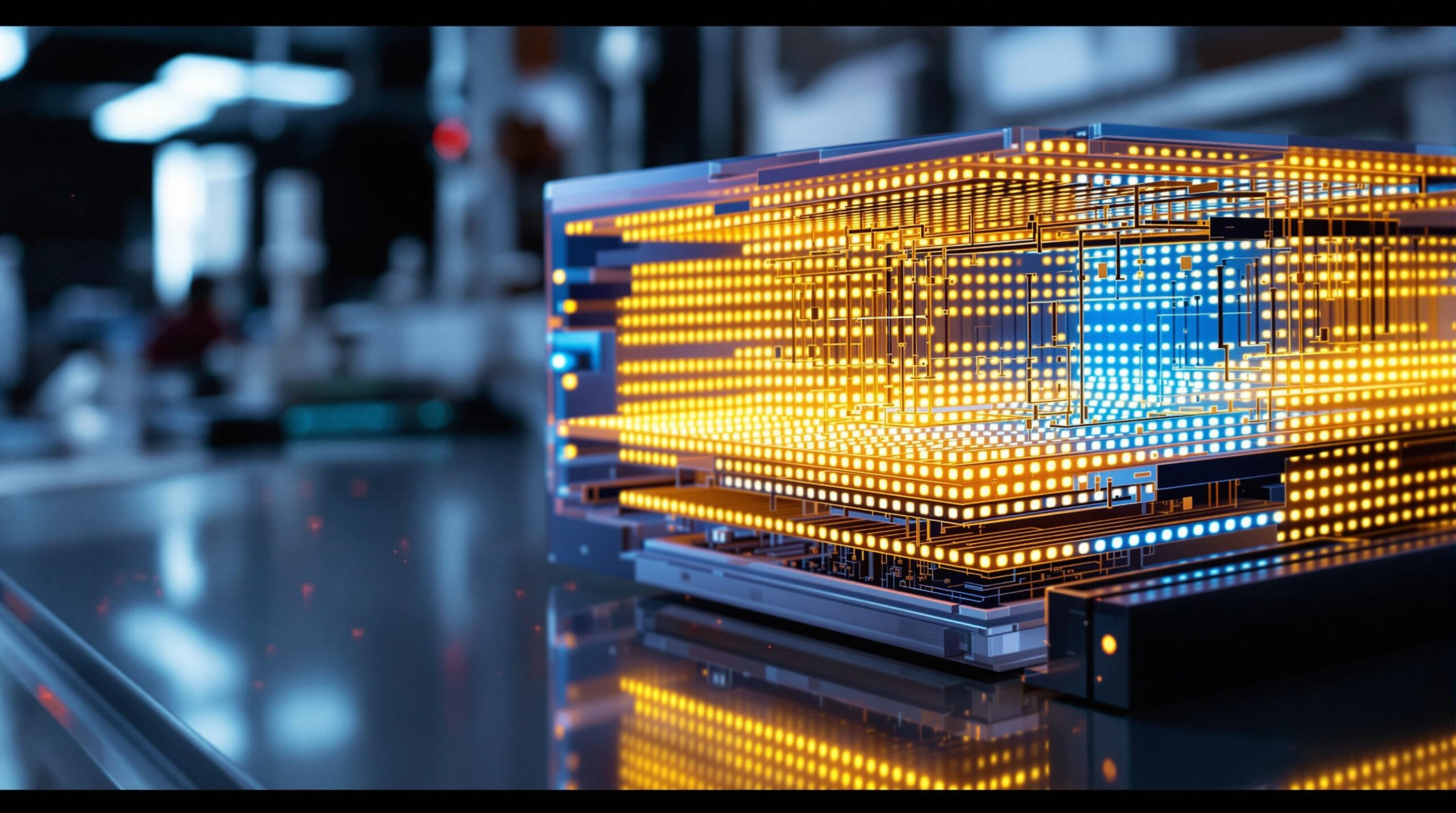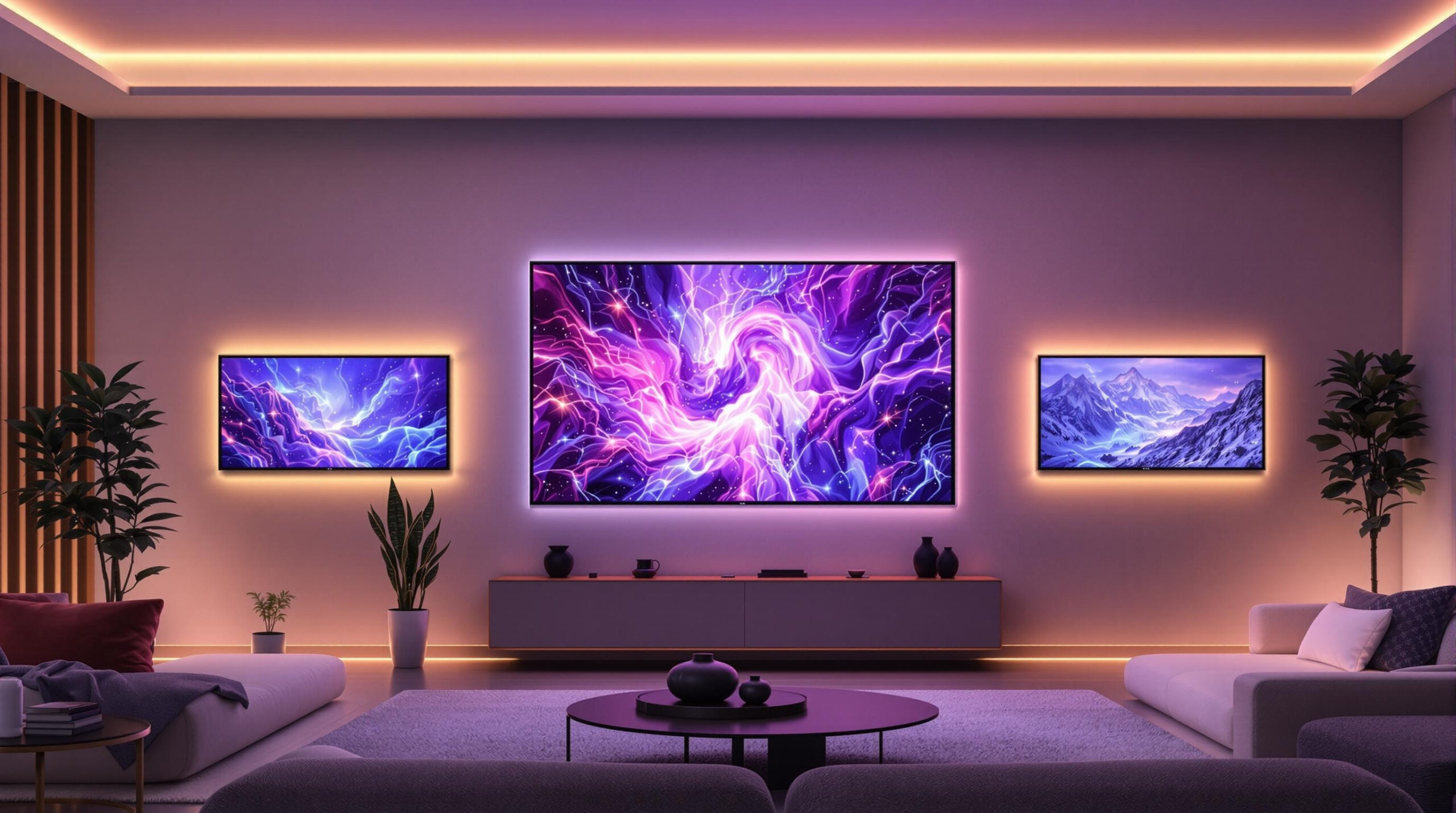Introduction: Two Acronyms That Changed Home Entertainment
Walk into any electronics store or browse a streaming-centric forum, and you will see two terms pop up repeatedly: LCD and LED. They sound interchangeable in casual conversation, yet they describe very different aspects of modern displays. Liquid Crystal Display technology forms the core imaging engine of most televisions sold since the early 2000s; Light-Emitting Diode technology, meanwhile, refers to the backlight system that energizes those crystals. Understanding how LCD and LED relate—and how they diverge—unlocks a clearer picture of why your TV looks the way it does today. It also explains how screens evolved from the first flat panels hanging on loft walls to the razor-thin, cloud-connected smart displays that now anchor the living room. This in-depth guide explores the science of LCD, highlights the distinction between LCD and LED, and traces the pivotal innovations that pushed the technology from novelty status to the mainstream benchmark for visual entertainment.
Liquid Crystals Unveiled: The Physics Behind LCD
Liquid Crystal Display technology relies on a curious state of matter that is neither fully liquid nor fully solid. When electricity flows through liquid crystal molecules sandwiched between glass plates, the molecules twist or untwist. That microscopic rotation changes the way polarized light passes through them. Place red, green, and blue color filters above those crystals, and you gain precise control over hue and luminance at every pixel location. Because the crystals themselves do not emit light, they require an external source to glow brightly enough for human eyes. Early LCD monitors relied on bulky cold-cathode fluorescent lamps. They produced murky blacks, limited color accuracy, and thick bezels—yet they introduced something revolutionary: a flat-panel paradigm that could hang on a wall instead of occupying half a coffee table.
Enter LED: Shedding New Light on Liquid Crystals
Light-Emitting Diodes are semiconductor devices that release photons when current flows through them. Unlike fluorescent tubes, LEDs can be manufactured in minuscule sizes, switched on and off at incredible speed, and arranged in virtually any pattern. By the late 2000s, engineers began replacing fluorescent backlights with LED arrays, making televisions thinner, brighter, and more energy efficient. Two layouts emerged. Edge-lit designs mount LEDs along a screen’s perimeter, guiding light across a diffusion sheet toward the panel surface. Full-array designs spread hundreds—or now, with Mini-LEDs, thousands—of tiny diodes behind the display. Importantly, LED describes only the backlighting method. When you buy an “LED TV,” you are purchasing an LCD panel illuminated by LEDs, not a fundamentally different display engine. That difference in terminology often confuses shoppers, but the relationship is simple: LCD controls color and image formation; LED supplies the illumination that makes those colors visible.
From Passive Matrix to Active Matrix: Sharpening Response and Resolution
Early portable televisions and laptop screens used passive-matrix liquid crystal arrays. Each row and column of pixels was addressed sequentially, a technique that limited response times, created streaking on moving objects, and restricted overall resolution. The move to Thin-Film Transistor active-matrix architecture allowed every pixel to receive its own transistor “switch.” This breakthrough amplified refresh speeds, suppressed motion blur, and enabled the jump from standard definition to high definition. As pixel density climbed, so did screen sizes. By the mid-2000s, 40- and 50-inch LCDs displaced plasma and rear-projection sets in the living room.
Local Dimming and Contrast Control: The Darkness Challenge
One Achilles’ heel haunted LCD through its rapid ascent: subpar black levels. Because liquid crystals cannot block every photon from a constantly lit backlight, dark scenes often looked gray or washed out. Full-array LED backlights provided a potent remedy. By dividing LEDs into independently controlled zones, engineers could dim dark portions of the screen while maintaining highlights elsewhere. This process—local dimming—dramatically elevated contrast. Today’s premium Mini-LED TVs carve the backlight into thousands of zones, approaching OLED-like black depth while preserving the sky-high brightness LCDs uniquely deliver.
Quantum Dots: Painting with Purity and Precision
Color, the emotional soul of an image, experienced its own renaissance through Quantum Dot films. These nano-sized crystals absorb blue LED light and re-emit pure red or green wavelengths, expanding color gamut and boosting brightness efficiency. Televisions branded as QLED harness Quantum Dot layers atop conventional LCD stacks. The outcome is stunning: over 90-percent coverage of the cinema-grade DCI-P3 spectrum and rich saturation that withstands daylight glare—areas where older fluorescent-lit LCDs faltered.
High Dynamic Range: Unlocking Luminance Latitude
Parallel to hardware advances, content creators embraced High Dynamic Range mastering formats like HDR10, HDR10+, and Dolby Vision. HDR demands a display capable of both blistering highlights and nuanced shadow detail. Mini-LED backlights, Quantum Dots, and refined local dimming algorithms gave LCD the hardware muscle to meet that challenge. Top models now eclipse 2,000 nits of peak brightness while retaining near-black detail, letting fireworks, sunlight glints, and neon signs leap off the screen without washing out subtler midtones.
The Smart TV Era: When Panels Found a Brain
Even the sharpest screen means little without compelling content and intuitive controls. The 2010s ushered in integrated operating systems—Samsung’s Tizen, LG’s webOS, Google TV, Roku OS—that turned LCD sets into connected hubs. Built-in Wi-Fi riveted streaming platforms to the home page. Voice assistants interpreted spoken commands to launch movies, dim smart lights, or preview security cameras. AI upscaling leveraged machine learning to transform legacy HD shows into crisp near-4K facsimiles, preserving decades of entertainment for eight-million-pixel canvases. In the smart era, an LCD television is no longer just display hardware; it is a software-driven centerpiece of the digital household.
Motion Mastery: High Refresh Rates and Game-Ready Features
Gamers and sports fans once avoided LCD due to motion blur. Modern panels, however, integrate 120-Hz native refresh rates, rapid liquid-crystal switching, and variable-refresh-rate synchronization with consoles and PCs. Auto Low Latency Mode bypasses heavy image processing whenever a game input is detected, slashing input lag to single-digit milliseconds. These enhancements make LCD a formidable competitor to specialized gaming monitors, while maintaining the luminous punch needed for HDR graphics.
Design Aesthetics: From Picture Frames to Invisible Bezel
Function met form as bezels narrowed to fractions of an inch and chassis depths shrank below the width of a smartphone. Some flagships mount flush against the wall, mimicking gallery artwork, complete with magnetic bezels that swap colors to echo seasonal décor. Ambient modes cycle curated paintings or personal photographs, ensuring the screen contributes style even when powered down.
Energy Efficiency and Environmental Impact
Swapping fluorescent tubes for LEDs cut power draw nearly in half. Mini-LEDs pushed efficiency further by focusing light only where needed. Adaptive brightness sensors now tailor luminance to room conditions, conserving kilowatts without sacrificing visibility. Because LCD panels use inorganic materials, they sidestep burn-in risk and often outlast OLED counterparts in bright, static-image scenarios such as newsrooms or gaming cafes, extending product life cycles and reducing e-waste.
LCD versus OLED: Complementary, Not Conflicting
While OLED rightly captures headlines for self-emissive perfection, LCD continues to innovate in parallel. OLED excels at pixel-level black depth and wide viewing angles. LCD triumphs in raw brightness, affordability at giant sizes, and immunity to image retention. The arrival of Quantum Dot-OLED hybrids and MicroLED prototypes underscores an industry trend toward blending strengths rather than championing a single victor. In households that crave wall-filling screens for sunlit family rooms, LCD still rules the roost.
Future Horizons: Nanoparticle Backlights and AI-Curated Pixels
Research labs are refining perovskite Quantum Dots for even purer color reproduction. Nanorod LED arrays aim to shrink dimming zones down to individual pixels, granting LCD near-OLED emissive precision. On the software side, generative AI promises context-aware picture tuning—detecting genre, facial expressions, even emotional tone in real time to adjust color temperature and contrast for maximal impact. Far from plateauing, LCD’s roadmap brims with disruptive potential.
Conclusion: A Tale of Two Technologies in Harmonious Tandem
LCD and LED are not competitors; they are collaborative layers of a single, versatile viewing platform. Liquid crystals steer light with molecular agility, while LEDs provide that light with stellar efficiency and dynamic range. Together they have crossed milestones—full HD, 4K, HDR, smart integration—that reshaped how the world consumes media. As engineering breakthroughs stack atop each other, the humble liquid crystal continues to evolve, proving that in technology, progress is rarely about replacement. It is about refinement, synergy, and an unending pursuit of the perfect picture.
LED/LCD TV Reviews
Explore Philo Street’s Top 10 Best LED/LCD TV Reviews! Dive into our comprehensive analysis of the leading OLED TV products, complete with a detailed side-by-side comparison chart to help you choose the perfect protection for your devices.




